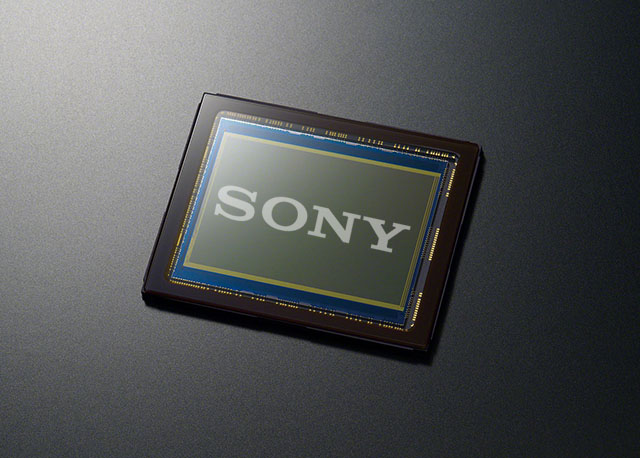Sony Corp is working around the clock to manufacture its in-demand image sensors, but even a 24-hour operation hasn’t been enough. For the second straight year, the Japanese company will run its chip factories constantly through the holidays to try and keep up with demand for sensors used in mobile phone cameras, according to Terushi Shimizu, the head of Sony’s semiconductor unit.
“Judging by the way things are going, even after all that investment in expanding capacity, it might still not be enough, ” Shimizu said in an interview at the Tokyo headquarters. “We are having to apologise to customers because we just can’t make enough.” Apparently despite the already high projected numbers, Sony is STILL struggling to keep up.
EDITOR’S PICK: Sony Xperia flagship smartphone may feature a punch hole camera

Sony controls over 50 percent of the smartphone image sensor market and supplies them to various smartphone makers including Xiaomi and Apple. In an attempt to cope with demands, the company has invested into increasing its production capacity by building a new factory in Nagasaki that is scheduled to open in April 2021.
“The camera has become the biggest differentiator for smartphone brands and everyone wants their social media pictures and videos to look nice, ” said Masahiro Wakasugi, an analyst with Bloomberg Intelligence. “Sony is riding that wave of demand very well.” We can’t argue with that, seeing how so many devices come with Sony sensors these days.

The company is also seeing increased demand for a new generation of image sensors that can see the world in three dimensions. Those sensors use a method known as “time of flight” that sends out laser pulses and measures how long it takes for them to bounce back in order to create more detailed depth models.
Sony is the manufacturer behind the 48MP IMX586 sensor which was, very easily, the most popular flagship camera sensor this year, featuring on several devices including the Redmi K20 Pro and OnePlus 7 line. Its successor, the IMX686, will compete with Samsung’s 108MP behemoth head-on featuring a 64MP resolution and will be featured on 2020 phones such as the Redmi K30.
UP NEXT: OPPO Reno3 5G and Reno3 Pro 5G Rumor Roundup
(Source)







